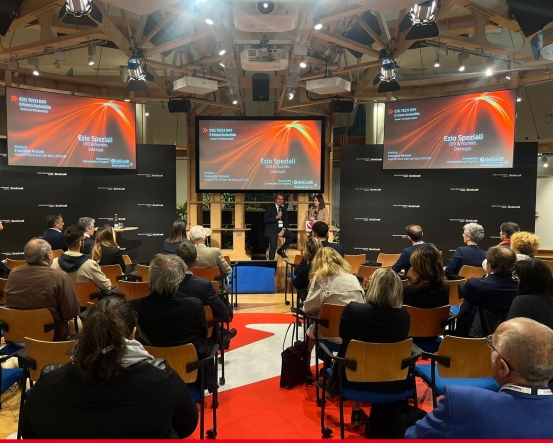News
Fresco di stampa. L’hub news di Cargoful è il tuo strumento per rimanere aggiornato sugli ultimi avvenimenti, sviluppi e innovazioni del nostro settore. Esplora gli articoli scritti da noi o su di noi, oltre a tuffarti negli approfondimenti del nostro blog. Che si tratti di lanci di prodotti rivoluzionari, tendenze del settore o aggiornamenti aziendali, questa è la sezione per rimanere al passo con le novità.
- 1
- 2


.png?1707231374)









.png?1704879727)
.png?1704879727)
.png?1704879727)
.png?1704879727)
.png?1704879727)
.png?1704879727)
.png?1704879727)
.png?1704879727)